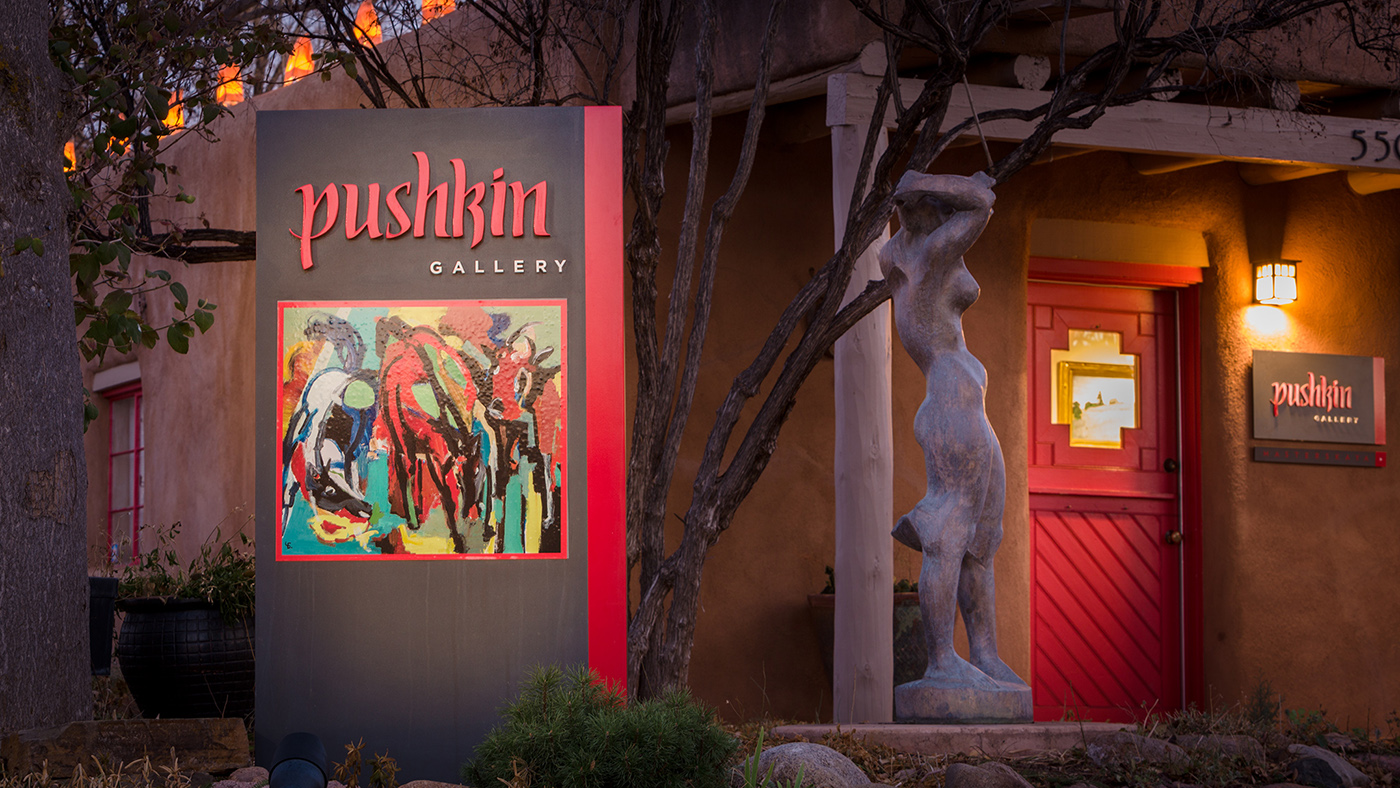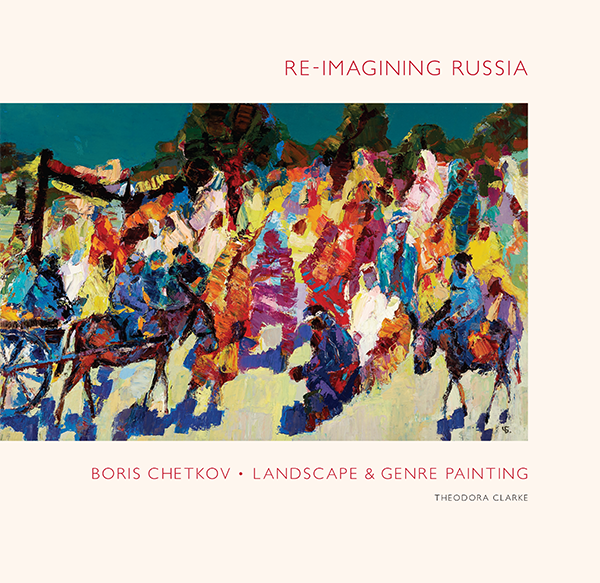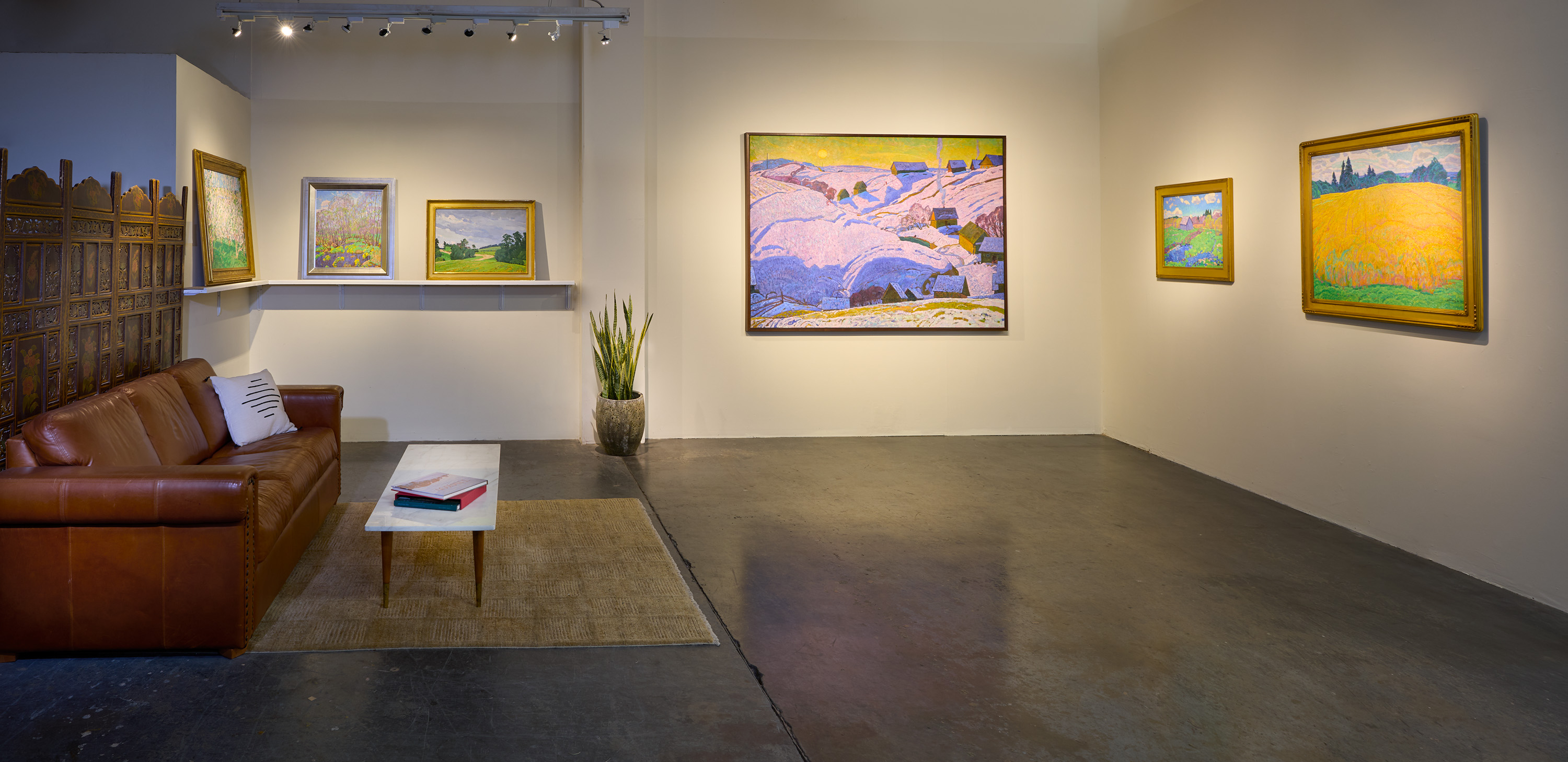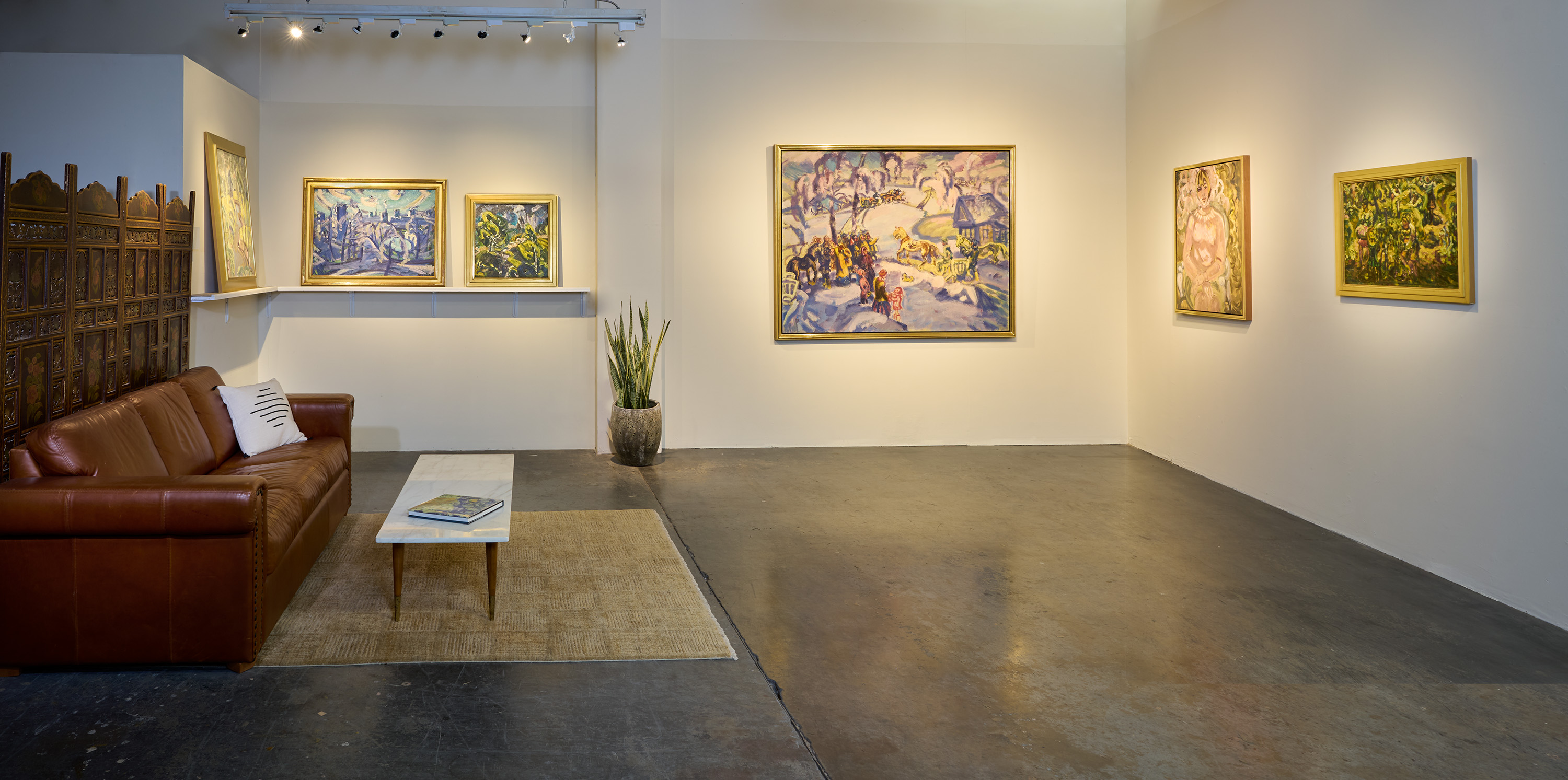About Pushkin Gallery
Pushkin Gallery History
It was his interest in Eskimo antiquity from the Old Bering Sea culture that led Kenneth Pushkin across the Bering Straits to the northeastern most tip of Siberia in early 1992 on his first trip to Russia. An invitation to Moscow later that year resulted in a serendipitous meeting with retired Admiral Alexander Sergeevich Pushkin, namesake of the great poet and Counter Admiral of the USSR North Atlantic submarine fleet. The two became fast friends and Kenneth began traveling to Russia on a regular basis.
In that early post-Soviet era, relics of the ideological past were being thrown away or put in large storages. It was in this environment that the Admiral introduced Kenneth to the Zamoskvorechye State Gallery, a warehouse in Moscow with thousands of Soviet Era paintings – and so, an initial selection was made, exported to the U.S. and the Pushkin Gallery commenced operations.
For several years, the imported works were consigned in curated shows to a dozen top galleries across the U.S. At the same time, under the aegis of Admiral Pushkin and with the support of the Russian Ministry of Culture and various state museums dedicated to the life and works of Alexander Sergeevich Pushkin, Kenneth founded the Pushkin Fund, a charitable organization with the mission of fostering goodwill between the U.S and Russia. The mix of philanthropic and cultural activity (Russian ballet tours, Theatre presentations, Gala events, Conferences) opened channels to the directors of major Russian museums who further provided Kenneth with special opportunities to view and acquire these important collections.
With more research, the decision was made to focus on acquiring and developing life bodies of work by individual artists. Especially attractive were those who chose to work outside the realm of politically and socially acceptable Soviet Realism. To Kenneth (and leading art advisors), these were the stand-out artists, viewed in the light of other Russian greats such as Kandinsky, Chagall and Malevich who had to leave Russia to survive and ultimately be broadly appreciated.
The first life collection acquired by Pushkin Gallery was that of Nikolai Timkov, starting in 1995. Then, the life works of Vasili Golubev in 1998 and in 2001, Boris Chetkov.
In 2000, the Pushkin Gallery moved to a 300-year-old restored hacienda in the world-renowned art center of Santa Fe, New Mexico, where the unique gallery became a must-see destination for art lovers.
Visitors commented that the Pushkin Gallery was like a museum. "Perhaps, it's because we disseminate knowledge," remarked Kenneth. With best-of-class curation and gallery practices, Pushkin Gallery became one of the most recognized purveyors of Russian art in the U.S.
To showcase the lives and works of these Russian Masters, Pushkin Group, Ltd. published a series of exquisite, hard cover book publications (along with numerous catalogs) authored by distinguished Russian art scholars.
Prior to the pandemic, the retail gallery location was closed with the collection relocated to a ‘smart’ showroom / repository.
Since the inception of the Pushkin Gallery, over 30 years ago, many of the most important and beautiful paintings have been retained in a privately held collection and never shown publicly. Now for the first time, these reserved paintings are being selectively presented.
Please enjoy.

Pushkin Group, Ltd.
120 S. Federal Place
Santa Fe, New Mexico 87501
inquiries@pushkingallery.com
+1 505 228 9400 - Mountain Time (GMT-7)
Publications
-

Re-Imagining Russia
This book accompanied the first major posthumous exhibition of works by Boris Chetkov. The publication presents the artist through the lens of his landscape and genre paintings. The exhibit (by the same name) was the Gala Opening event for ‘Russian Art Week’ in London in November 2013. The vibrant and colorful pictures in this volume will introduce readers to his energetic and wide-ranging oeuvre. Theodora Clarke discusses the artist's life and work and places Chetkov in the context of Modernism and Russian art in the Post War Era.Theodora Clarke is the Founder of the arts magazine, Russian Art and Culture as well as the creator of the annual ‘Russian Art Week’ in London. A renowned curator, art historian and critic on Russian art, she lectures widely on European modernism and the avant-garde artists of the early twentieth century. Theodora studied for her MA in Russian Art at the Courtauld Institute of Art and formerly worked for Christie's Auction House and the Museum of Modern Art in New York.
-

100 Masterworks
Boris Chetkov was born to paint, with a passion and an unbending desire to show his art to the world. He understood his calling not just with his mind, but with his heart and soul, and he followed his path relentlessly. His career took him from rural Russia, through Stalin's gulag, to the museums of St. Petersburg and Moscow, and famous private collections. He struggled against artistic oppression during the Soviet Era, but was rewarded in the twilight of life with international exhibitions, recognition and success.In his lifetime, Chetkov painted hundreds of canvases in many styles and genres from landscapes and still lifes to portraits, equestrian scenes and abstractions. All of these are generously represented in this volume containing over one hundred of his masterworks, accompanied by Dr. Alexander Borovsky's writings on the artist.

